Resin art has become one of the most exciting creative hobbies because it’s fun, versatile, and produces stunning results.
Whether you want to make glossy coasters, colorful jewelry, or eye-catching wall pieces, resin art offers endless ways to express your creativity. The best part is that anyone can learn it with patience and the right guidance.
If you’re curious about how to start, keep reading to discover everything you need to know about resin art for beginners and how to create your first masterpiece.
What Is Resin Art for Beginners?
Resin art for beginners is the process of mixing two parts, resin and hardener, to create a liquid that hardens into a clear, glass-like surface. When combined, these two components chemically react and cure into a solid, glossy finish.
Artists use resin to make coasters, trays, jewelry, and even large wall art. It’s ideal for beginners because it allows creativity without needing advanced art skills.
📌 If you’d like to understand exactly how resin works and what happens during the curing process, check out Resin Casting Basics. It explains the foundation of resin casting in a simple, beginner-friendly way.
Choosing the Right Type of Resin for Beginners
Before starting your first project, it’s important to know which type of resin to use. The two most common types are epoxy resin and art resin.
- Epoxy resin is great for beginners because it mixes easily, has a longer working time, and cures with a shiny, durable finish.
- Art resin is also beginner-friendly but is often used for coating paintings or creating layered art pieces because it has UV protection to prevent yellowing.
When choosing resin, look for one that is low-odor, low-VOC, and clearly labeled as safe for indoor use. These features make the learning process easier and safer for beginners.
Essential Resin Art Supplies for Beginners
To start resin art, you’ll need a few basic tools and materials. Having the right supplies ensures smoother results and a safer experience.
- Resin and hardener: The two main ingredients that create the glossy finish.
- Mixing cups and sticks: For accurate measuring and even mixing.
- Silicone molds: Great for coasters, jewelry, or small crafts.
- Protective gear: Gloves, apron, and a respirator or mask to stay safe.
-
Torch or heat gun: Helps remove air bubbles from your resin.
📌 Once you’ve gathered your materials, you’re ready to start experimenting with your first project. For creative inspiration, browse Resin Art Ideas for beginner-friendly designs.
Resin Crafts Supplies You Can Shop
|
|
Resiners® 1 gallon/2 gallon Crystal Clear Epoxy Resin |
|
|
|
Safety Tips for Resin Art for Beginners
Safety is essential when working with resin. While most modern epoxy resins are non-toxic once cured, the liquid form can still cause irritation or release mild fumes before it hardens. Always wear gloves, a mask, and work in a well-ventilated space.
Avoid using resin on materials that it doesn’t stick to, such as wax paper, silicone mats, or oily surfaces. Keeping your workspace clean and organized helps prevent contamination and accidents.
These recommendations follow EPA and OSHA guidelines for safe handling of chemical-based materials.
How to Start Resin Art for Beginners: Step-by-Step Process

Learning how to start resin art for beginners is easier than it looks. Follow these steps to create your first piece:
- Set up your workspace on a flat, protected surface. Cover it with parchment or plastic.
- Measure and mix equal parts of resin and hardener according to the instructions. Mix slowly to avoid bubbles.
- Add color or glitter using mica powders, alcohol inks, or resin-safe pigments.
- Pour the resin gently into your mold or onto your surface.
- Use a torch or heat gun to remove bubbles.
- Let it cure for the recommended time — usually between 24 and 72 hours, depending on temperature and humidity.
-
Demold and finish your piece once it’s fully hardened.
📌 For more creative project ideas, check out Epoxy Resin Projects. It’s packed with tutorials perfect for beginners.
Easy Resin Art Projects for Beginners
Once you’ve learned the basics, it’s time to have fun with simple projects. Here are some easy ideas to get started:
- Resin coasters: Great for learning to pour and mix colors.
- Keychains: Perfect for using leftover resin.
- Jewelry: Try pendants or earrings with small molds.
- Bookmarks: Add pressed flowers or glitter for a unique touch.
- Mini trays: Ideal for holding rings or small items.
📌 If you’re looking for more creative and family-friendly options, discover Resin Craft Ideas for Kids. It features safe and simple crafts that kids can enjoy with adult supervision.
Common Mistakes in Resin Art for Beginners (and How to Fix Them)
Even experienced artists make mistakes, but most are easy to fix. Here are common issues and how to avoid them:
- Sticky or soft resin: Caused by incorrect mixing ratios or poor blending. Always measure accurately and mix thoroughly.
- Air bubbles: Use a torch or heat gun to remove them before curing.
- Dust or hair in resin: Cover your project while it cures to keep it clean.
- Uneven surface: Make sure your workspace is level before pouring.
Learning from these small mistakes will make your future resin art projects even better.
Adding Color and Creativity to Your Resin Art

Adding color is where resin art really comes alive. You can use mica powders, alcohol inks, acrylic paints, or glitters to create unique effects. Mix colors gently to avoid bubbles and experiment with different pouring techniques.
You can also paint directly on fully cured resin using acrylic paints or markers. Once dry, seal your design with another thin layer of resin for extra shine and protection.
📌 If you’d like to learn advanced coloring and layering techniques, don’t forget to check out How to Use Resin. It’s a helpful guide that explains how to handle resin like a pro.
Pros and Cons of Resin Art for Beginners
Like any hobby, resin art has its advantages and challenges.
Pros:
- Easy to start with simple tools
- Endless creative possibilities
- Produces durable, glossy finishes
Cons:
- Can be messy if not careful
- Requires patience during curing
- Some resins may release mild fumes before hardening
Understanding both sides helps you set realistic expectations and enjoy the process.
Conclusion
Starting resin art is a fun and rewarding way to express your creativity and make something beautiful with your own hands.
With the right materials, proper safety steps, and a little patience, anyone can create glossy, professional-looking resin pieces.
For more helpful guides and tips about resin crafting, visit Resiners. They also offer high-quality products like epoxy resin, UV resin, resin accessories, molders, and other essential equipment perfect for every UV resin craft project.
FAQs About Resin Art for Beginners
Is resin art good for beginners?
Yes. Resin art is great for beginners because it’s easy to learn and forgiving. You don’t need advanced art skills to start, just patience and a few basic tools. With proper safety steps, anyone can create beautiful resin art.
What should you not put in resin?
Avoid adding materials that contain moisture, such as fresh flowers or food items. Water and resin don’t mix well and can cause bubbles or cloudiness. Always make sure your materials are dry and clean before embedding them in resin.
What type of resin is best for beginners?
Epoxy resin is often recommended for beginners because it’s easy to mix and cures slowly, giving you more time to work. It also produces a clear, glossy finish that’s ideal for art and crafts. Always follow the manufacturer’s mixing instructions carefully.
Can I paint directly on resin?
Yes, you can paint on cured resin using acrylic paints or markers. Once the paint dries, apply a thin layer of resin on top to seal and protect your design. This method adds depth and a professional finish to your artwork.

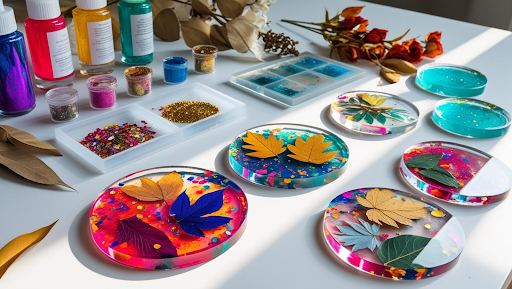





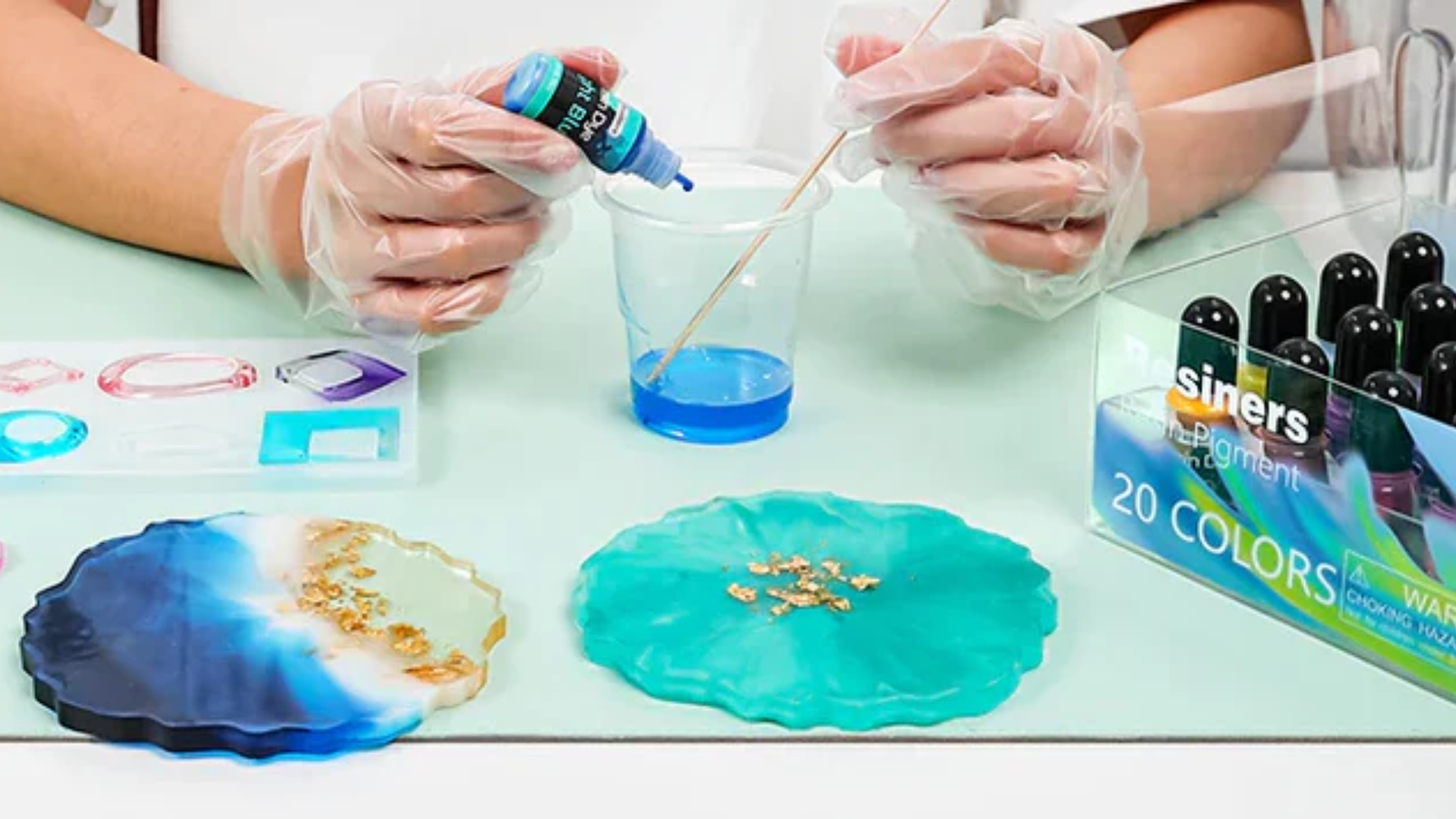
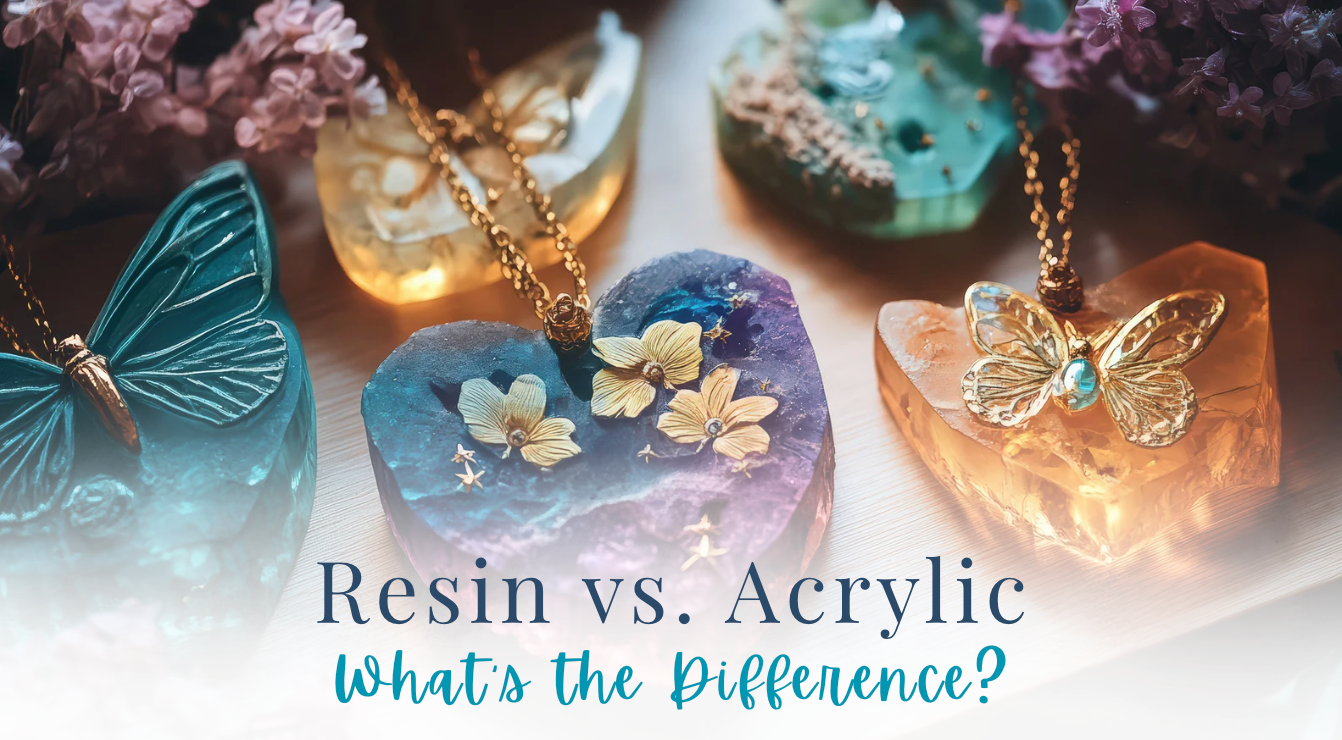
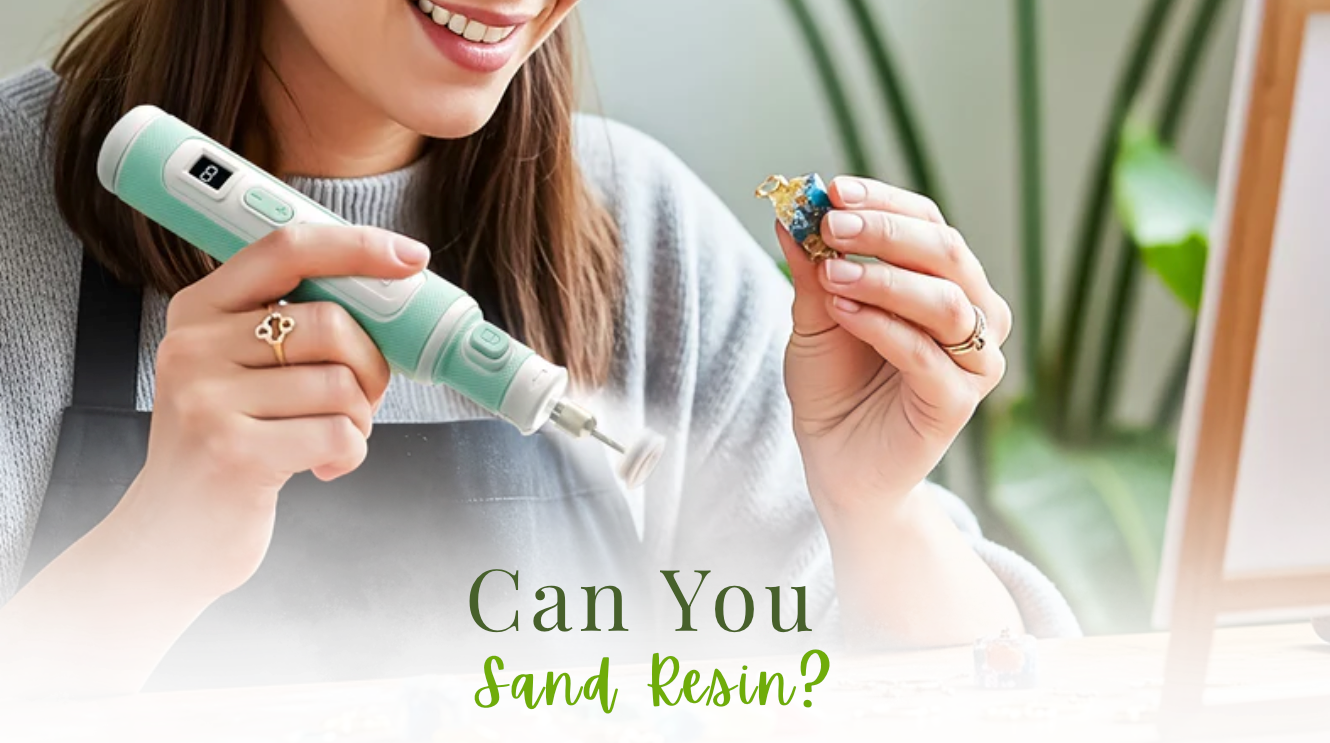
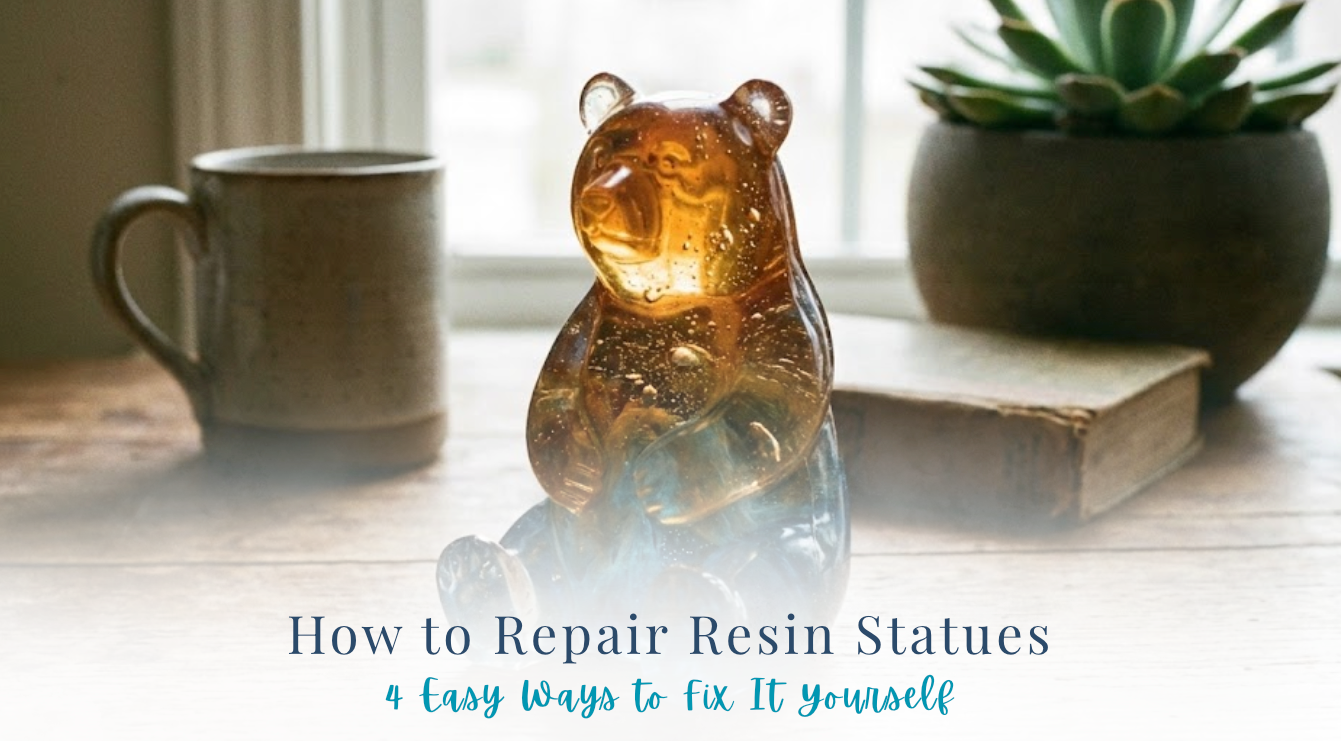
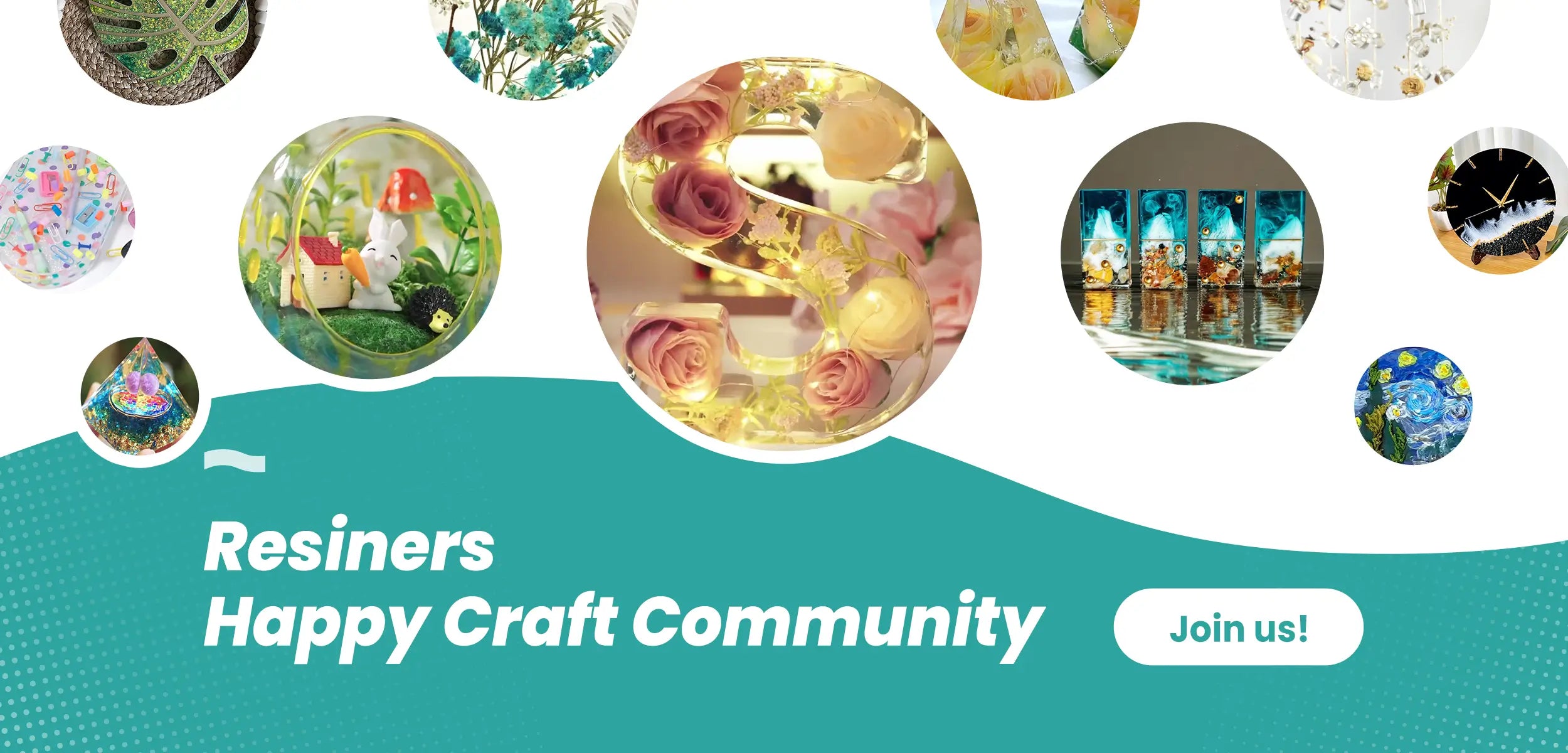
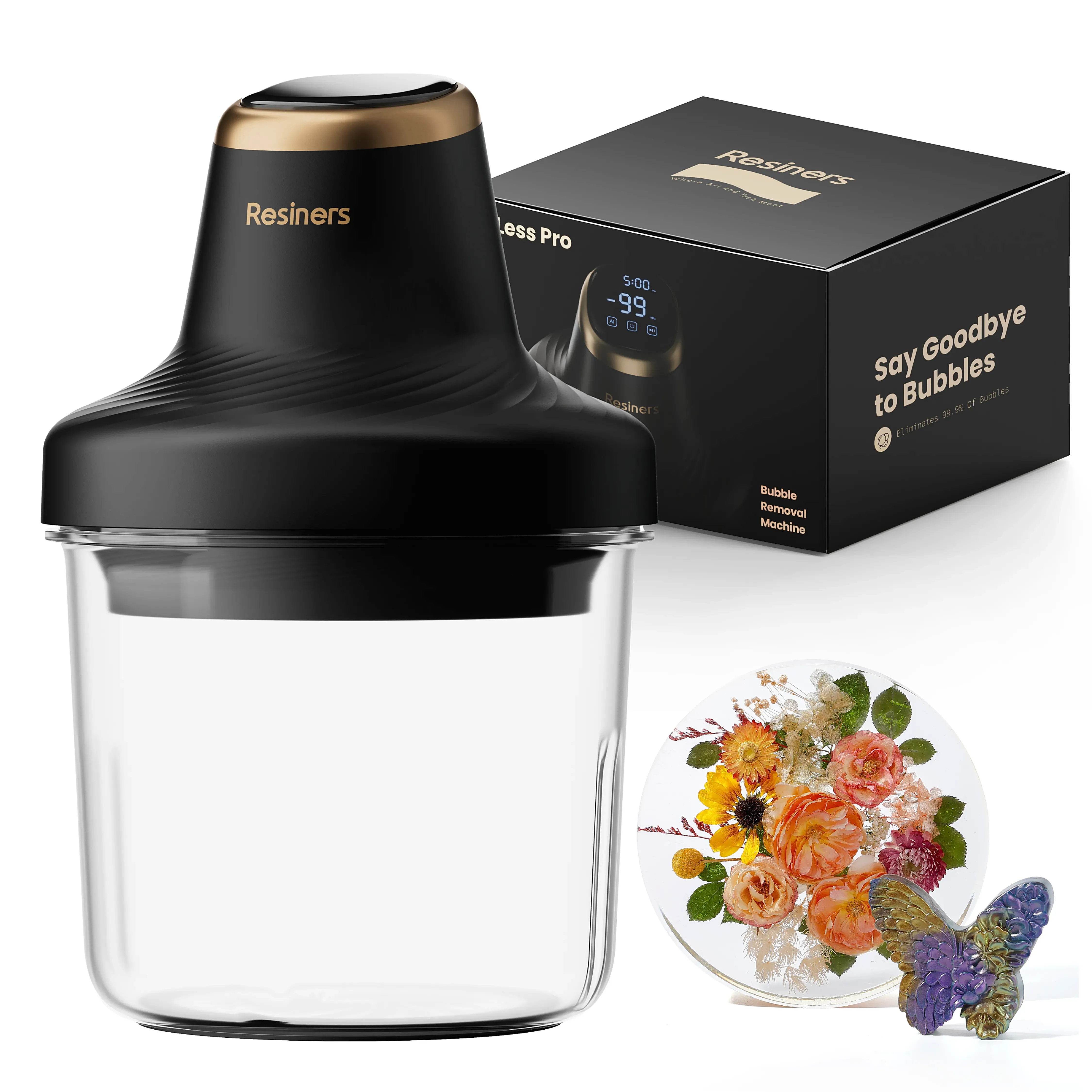
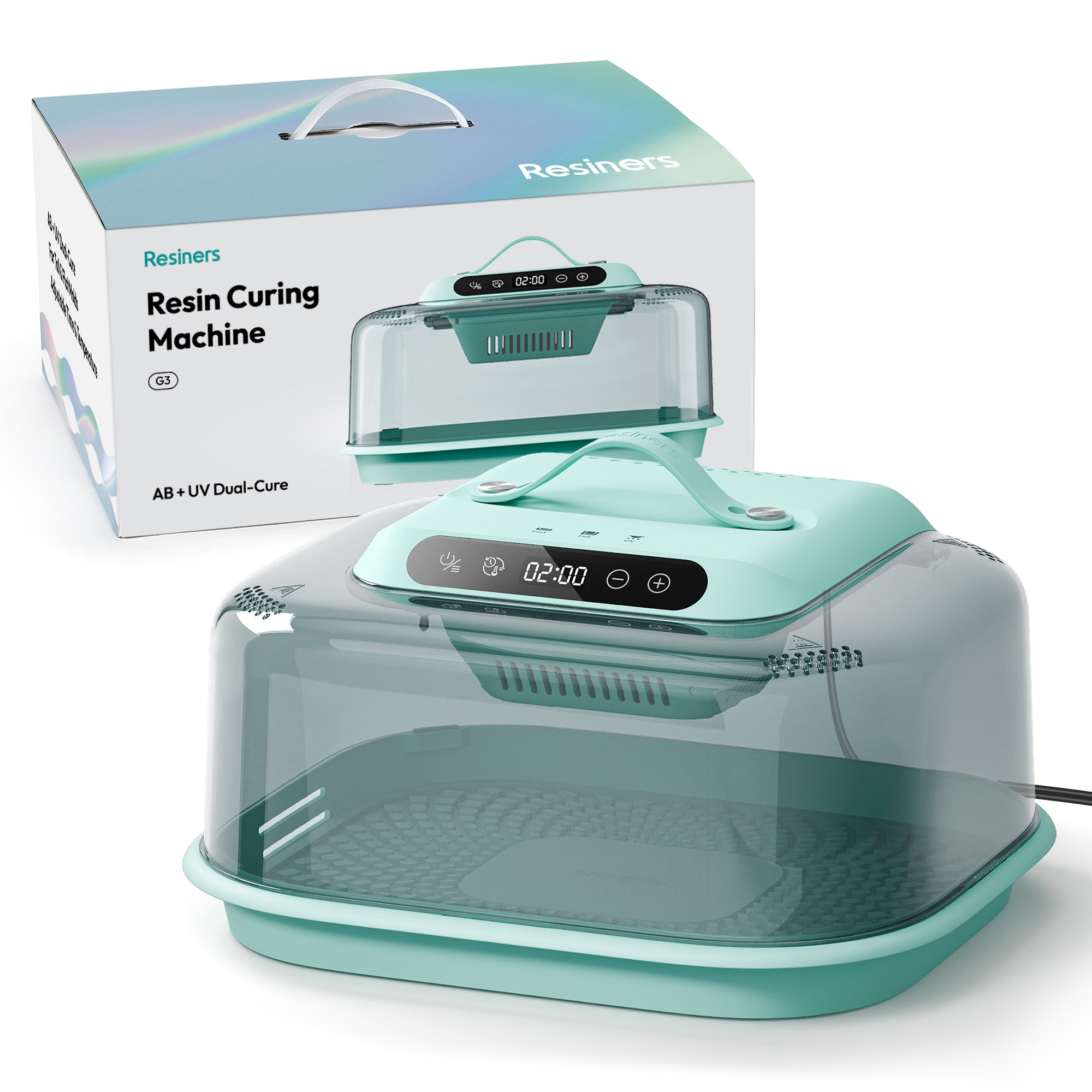
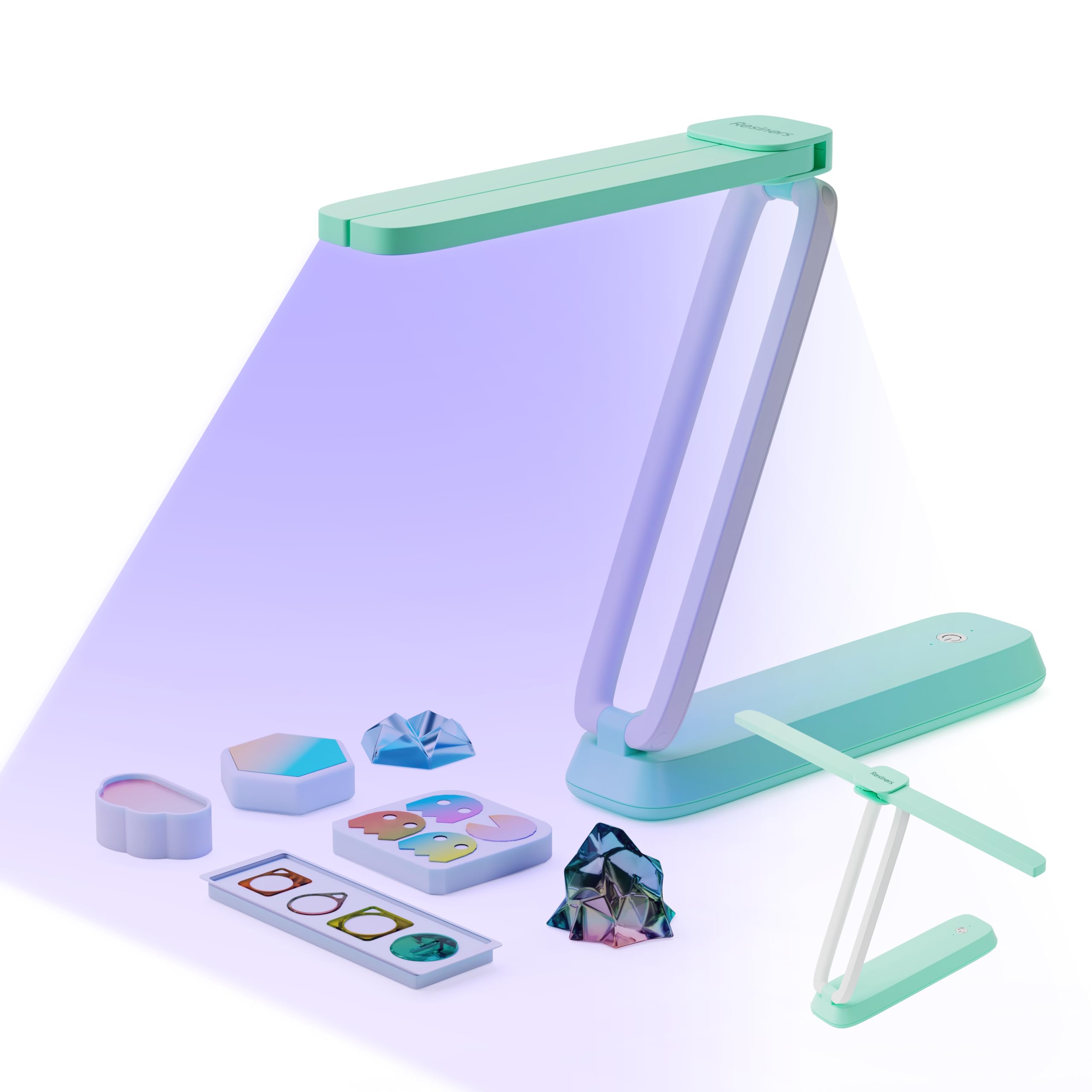
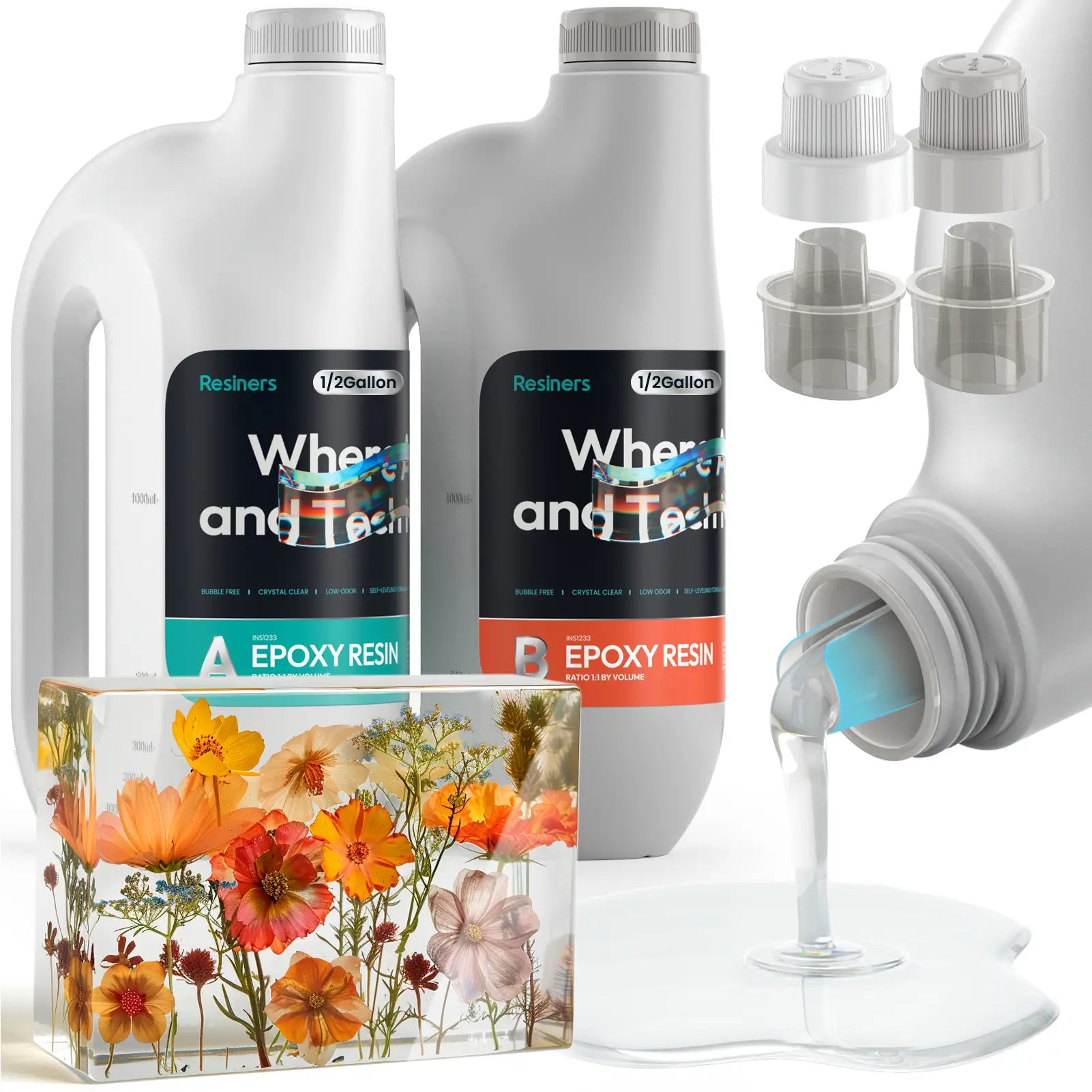
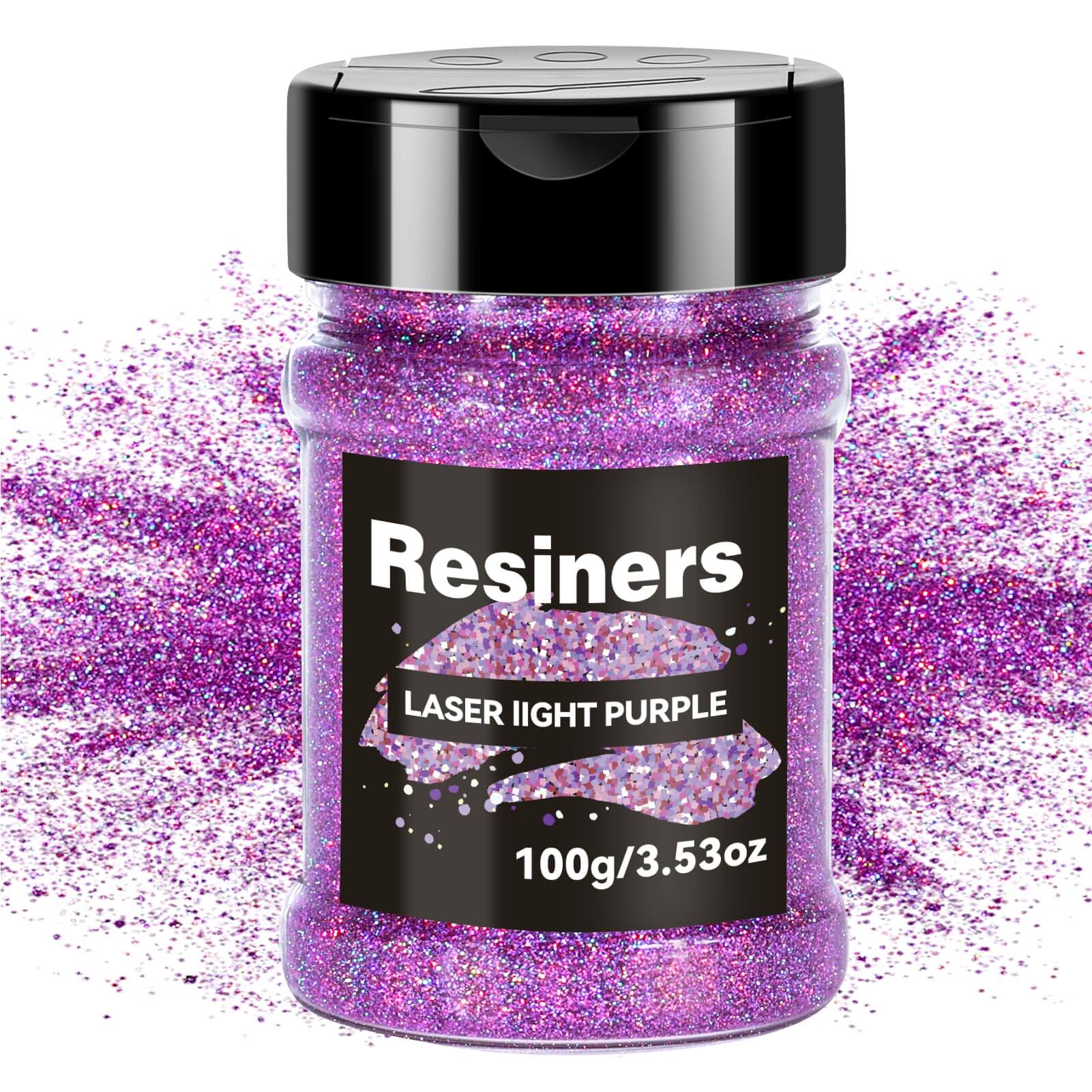
Lämna en kommentar
Denna webbplats är skyddad av hCaptcha och hCaptchas integritetspolicy . Användarvillkor gäller.